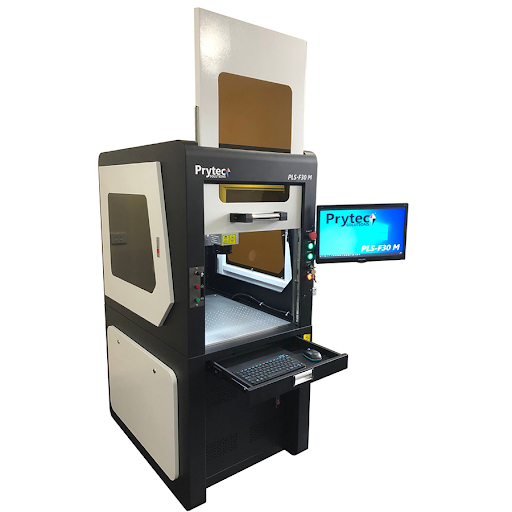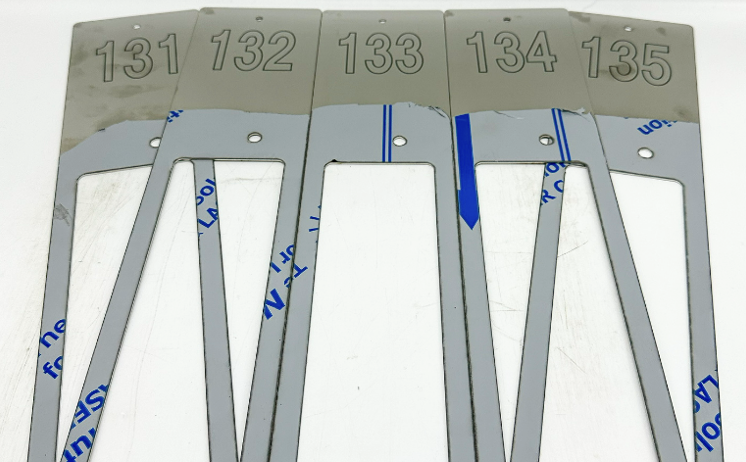With laser machines, soft metals such as aluminium or hard metals or alloys such as steel, can be marked permanently, easily, and quickly. This application can range from labelling for traceability to the personalisation of promotional items. The process of contactless laser marking allows for no tool wear, ensuring the lowest costs per marking. With hard metals or alloys, it is possible to produce corrosion-resistant laser markings without damaging the surface of the metal. The best technology for marking steel components is a fibre laser. A fibre laser allows you to permanently mark metals without consumables. Therefore, this technology is more cost-effective than other methods. Fibre laser machines are becoming an important piece of equipment within various industries due to their high precision, environmental friendliness, consistency, and high speed. For these reasons, industrial and commercial organisations have chosen steel laser engraving for their everyday needs.
Traditional steel engraving is done using a CNC machine programmed to remove material by using a cutting tool attached to a high RPM motorised spindle. The cutting tool, rotating at a high speed, plunges into the material, and a computer system guides its movement to create the desired steel engraving. CNC machines cannot produce variable contrast in the engraving but are ideal for deep engraving. In CNC machines, the cutting tool engraves on material by direct contact. This creates friction which causes wear and tear on the engraving tools, therefore requiring frequent tool replacement. Laser engraving is a non-contact process in which the material does not encounter the engraving tool. This lowers the maintenance of the laser engravers. Generally, laser modules have a lifetime of 10000 to 100000 hours depending on the type of laser and the quality of the machine.
Fibre laser engravers are used to make permanent marks on metals and some plastics. In the engraving process, a focused beam of light is sent through a fibre optic cable and used to mark the surface of the material. A fibre laser uses a low-maintenance laser source to generate a laser beam that travels through a ‘doped’ fibre optic cable to the beam head. A doped fibre optic cable contains ions from earth elements. Such elements increase the efficiency and performance of the fibre. The beam head contains a beam expander and a lens; this is the part that does the marking. Fibre lasers are a newer type of laser currently available to the world market. Fibre lasers have no moving parts or mirrors, have low maintenance costs, are electrically efficient, and work effectively with both very thin and thicker reflective metals.

Poly Flex utilises a PLS-F30M fibre laser, ideal for most metals and some engineered plastics. This versatile, self-contained machine is supplied with an ultra-reliable fibre laser source with 100,000+ hours of lifetime, low maintenance and no external cooling required. It uses new and improved MOPA technology allowing for several marking colours to be achieved, including black, brown, blue, and yellow. The autofocus facilitates faster startups, and the 200mm standard lens gives an extended marking area of 200mm x 200mm. The included, fully integrated Windows PC makes for a user-friendly standalone solution for Poly Flex. The reliability and durability of a fibre laser engraver have allowed Poly Flex to engrave a wide range of products and items, including but not limited to; stainless parts, jewellery, electronic components, engineering hardware, precision instruments, medical equipment, automotive parts, marine products, and promotional products.
For more information regarding Poly Flex’s fibre laser engraving service, please click here. Alternatively, contact us today for a cost-effective solution to your fibre laser engraving needs.



